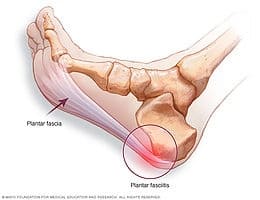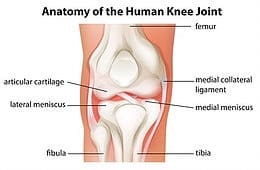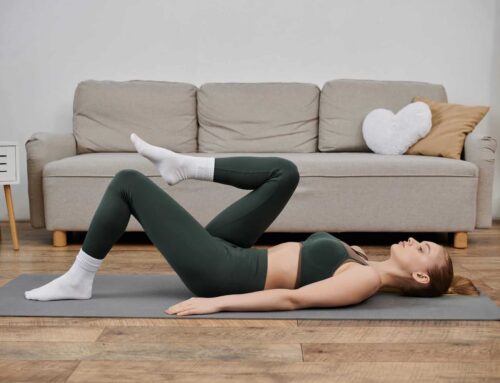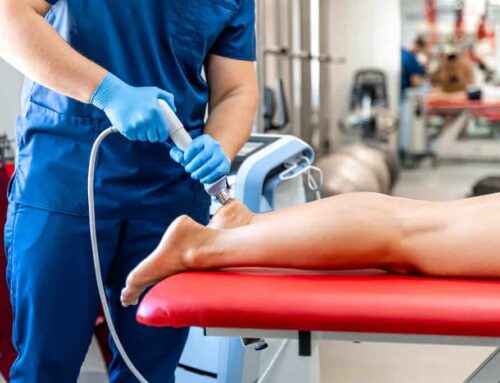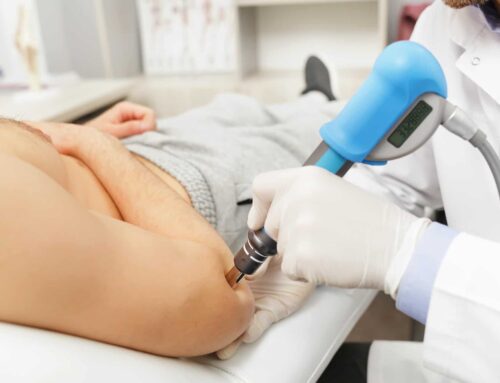There’s a lot of buzz about footwear, proper support, and orthotics. Can they be used to help with a variety of conditions ranging from foot pain such as plantar fasciitis, to knee pain such as meniscus injury, and on up the chain? The short answer is yes, but improper use of orthotics and over-supporting the foot can actually lead to the problem worsening over the long term. Orthotics should only be used in a few cases, I’ll outline those cases and then tell you why, in my opinion, use of orthotics is widely used incorrectly.
First let’s talk about why you may need an orthotic. It’s likely that by the time you start looking into orthotics you have been dealing with some kind of foot, ankle, or knee pain because of your job or sport. In these cases you’re just looking to relieve your symptoms. What you may experience however is that when talking to someone who is selling you orthotics, you find yourself in a conversation about long term use with orthotics and “needing” to use them forever…for…ev…er…What’s the deal?
Typically we have a few structures that help us maintain our arch.
1. Bone structure:
The bones fit together to help with maintaining your arch.
2. Ligaments:
These attach the bones and provide even more arch support.
3. Muscles:
The muscles work in unison with the bones to move them around during different parts of the gait cycle to provide support and shock absorption when needed.
Many times with jobs that require a lot of standing or long endurance activities the muscles fatigue. This is especially common if you’re standing in one place for a long period of time. When the muscles fatigue you are left with only 2/3 of the main supporters, the bones and ligaments. This can lead to increased stress on those structures and when the arch inevitably starts to collapse you get a variety of effects. The foot pronates, which places stress on your plantar fascia, and your knee dives slightly inward placing increased stress on the ligaments at the knee as well as the meniscus.
So what about those of you that the above doesn’t apply to? You don’t participate in long distance activity, and you don’t stand in one place? Well the answer is that it is likely not lack of arch support that is causing your pain. There are a variety of mechanical issues that can lead to over-pronation. One of these for instance is calf tightness. If your calf is tight, it can restrict your ankles’ ability to move forward into dorsiflexion as you walk. This can cause you to pronate in order to keep moving forward at the same pace. Over time this can actually LEAD to weakness in the muscles that support the arch. For this, and the majority of cases, orthotics should be seen as an unloading aide, and a stepping-stone to getting back your normal foot mechanics. Let me explain.
In the case of calf tightness, you’ve started noticing pain only after your mechanics have deteriorated to the point that your arch is collapsing. Supporting your arch is similar to moving your furniture to cover a stain on your rug. You can’t see it, but the stain is still there. This is a symptom-based approach. By addressing the arch you will likely experience less pain, but that calf tightness will continue to alter other gait mechanics up the chain including to your hips unless something is done about it.
There are a variety of restrictions that could be altering your mechanics and causing your pain, because let’s face it, we live in a very static world where we are forced to sit in one place for long periods of time. Over time this causes the way we move to change. Everyone needs tools to address movement restrictions and aches and pains. Rather than have the tools that only treat the symptom, it’s much better to get to the root cause of your pain and get those tools as well so that you can use the orthotics temporarily to help relieve pain, but simultaneously use the tools that will lengthen the calves, strengthen the arch, and get you back to fully functioning WITHOUT orthotics.
When getting assessed for the root cause of your injury, a physical therapist is often the best bet for getting a full analysis performed. The components of a good evaluation should include a gait analysis, muscle length testing, strength testing, and range of motion analysis. Your therapist should be able to paint a picture for you that helps you understand the ROOT cause of your injury. If you happen to be looking for Physical Therapy in Scottsdale, Arizona be sure to stop in to The Doctors of Physical Therapy and we will be more than happy to assist you.
*There are a few cases in which permanent orthotics may be prescribed by a podiatrist or other professional. These are usually only the cases where there is no longer any semblance of an arch, and the bones and ligaments have completely lost their shape.*



